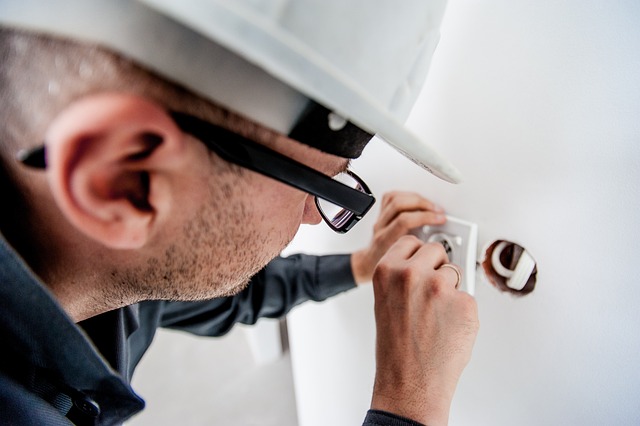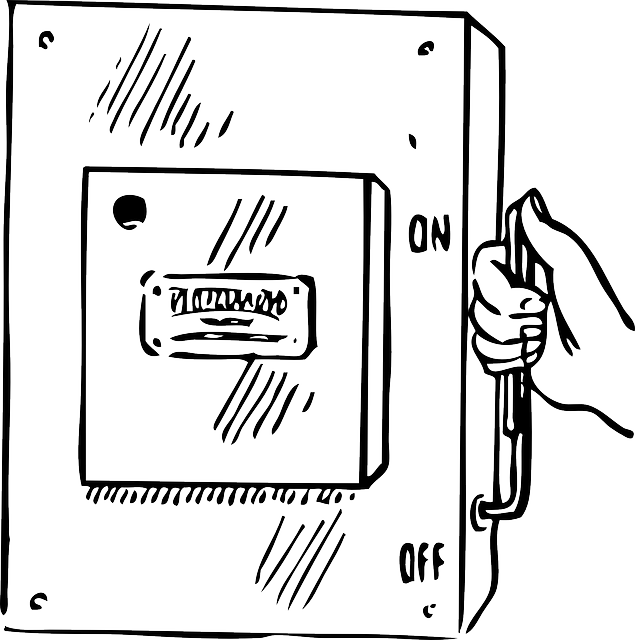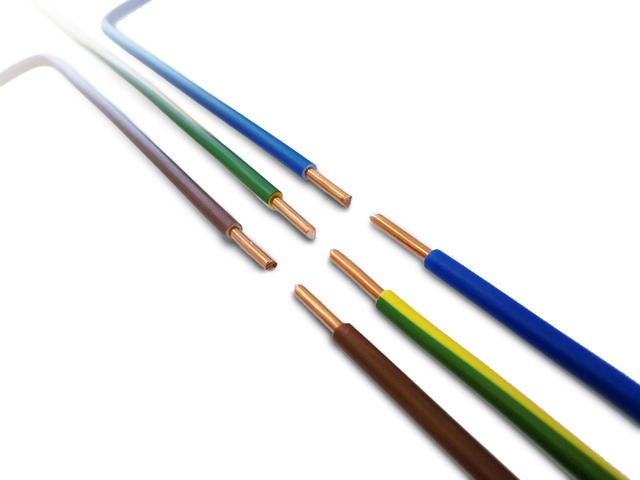Fuses and circuit breakers are critical safety components in electrical systems, with fuses 'blowing' upon excessive current and circuit breakers automatically tripping for protection. While older homes may still have fuses, modern circuit breakers offer superior safety, efficiency, and convenience, especially with high power demands. An electrician can upgrade from fuses to circuit breakers, reducing callback rates and enhancing customer satisfaction. Choosing the right circuit breaker type is crucial, considering voltage, current capacity, and safety features. Replacing old fuses involves turning off power, selecting modern replacements, testing circuits, and ensuring safe operation for minimal electrical failures and hazards. Upgrading to modern circuit breakers significantly benefits homeowners, offering immediate shutdowns, troubleshooting flexibility, and advanced monitoring.
Looking to upgrade your home’s electrical safety? It’s time to consider replacing old fuses with modern circuit breakers. This comprehensive guide delves into the distinctions between fuses and circuit breakers, highlights key advantages of the switch, and provides a step-by-step process for electricians ensuring a safe replacement. Discover the benefits of modern circuit breakers and take informed steps towards enhancing your electrical system with expert guidance from professional electricians.
- Understanding Fuses and Circuit Breakers: A Basic Overview
- Why Replace Old Fuses with Modern Circuit Breakers?
- Identifying Suitable Modern Circuit Breaker Types
- Safe Replacement Process: A Step-by-Step Guide for Electricians
- Benefits of Upgrading to Modern Circuit Breakers
Understanding Fuses and Circuit Breakers: A Basic Overview

Fuses and circuit breakers are both critical components in electrical systems, designed to protect against overcurrent conditions that could damage wiring or cause fires. Fuses, often found in older homes, are like a one-way ticket for electric current. Once it exceeds a set limit, the fuse “blows” by melting its internal filament, breaking the circuit and stopping the flow of electricity. This traditional method is reliable but requires frequent replacement as fuses burn out over time.
Circuit breakers, on the other hand, offer enhanced safety and convenience. They act like automatic switches, tripping open when detecting an excessive load or short circuit. Unlike fuses that need to be replaced, circuit breakers can be reset by simply flipping a switch. This feature makes them more practical for modern electrical systems where frequent power demands and complex wiring are common. An electrician can easily install or replace old fuses with modern circuit breakers, improving home safety and reducing the need for regular fuse replacements.
Why Replace Old Fuses with Modern Circuit Breakers?

Many homes and buildings still use old-fashioned fuses as their primary electrical protection, but there’s a compelling reason to consider a switch to modern circuit breakers. Fuses, while once a standard safety measure, have limitations. They blow or “trip” when they detect excessive current flow, but they often require manual replacement by a qualified electrician, which can be inconvenient and time-consuming. In contrast, circuit breakers are designed for quicker and more efficient tripping, automatically disconnecting the circuit in case of overload, short-circuit, or ground fault.
This automatic shutdown feature is a significant advantage as it minimizes damage to electrical equipment and reduces the risk of fires. Modern circuit breakers also offer improved safety features like enhanced sensitivity to unusual current flows, making them more responsive to potential issues. For an electrician, replacing old fuses with circuit breakers can lead to faster troubleshooting, reduced call-back rates, and greater customer satisfaction due to enhanced electrical system reliability.
Identifying Suitable Modern Circuit Breaker Types

When replacing old fuses with modern circuit breakers, an electrician must carefully consider the appropriate type for each application. The first step involves assessing the electrical system’s requirements and specifications. Different circuit breaker types are designed for specific purposes, voltage levels, and current capacities. For instance, some are optimized for residential use, while others cater to industrial settings or high-power applications.
An electrician should also factor in additional features like tripping mechanisms, fault protection ratings, and mounting styles. Modern circuit breakers often come with advanced safety functionalities, such as overcurrent, short-circuit, and ground-fault protection. By selecting the right circuit breaker type, an electrician ensures safe operation, minimizes the risk of electrical failures, and prevents potential hazards in homes or commercial buildings.
Safe Replacement Process: A Step-by-Step Guide for Electricians

Replacing old fuses with modern circuit breakers is a straightforward yet crucial task for electricians, ensuring safer and more efficient electrical systems. Here’s a step-by-step guide to ensure the process is carried out correctly:
1. Safety First: Before beginning, electricians must turn off the main power supply to the circuit being worked on. This critical step prevents any accidental shocks or short circuits during the replacement. Safety gear, including insulated gloves and goggles, should also be worn as a precautionary measure.
2. Identify and Locate: Electricians need to accurately identify the fuse they are replacing and locate the corresponding circuit breaker panel. Understanding the circuit’s function and load helps in selecting the appropriate modern circuit breaker with the correct amperage rating.
3. Remove Old Fuses: With the power off, the electrician can now safely remove the old fuse. This involves unscrewing the fuse from its slot in the circuit breaker panel. It’s essential to keep track of which fuse was removed and its corresponding circuit for easy reinstallation later.
4. Install New Circuit Breaker: The modern circuit breaker is then inserted into the empty slot, ensuring it fits securely. Proper alignment and tight threading are vital to maintain the circuit breaker’s functionality and prevent loose connections.
5. Test and Verify: After installing the new circuit breaker, electricians should test the circuit to ensure the replacement was successful and that the new breaker operates as expected. This step involves turning on the main power supply and checking for any faults or issues with the newly installed circuit breaker.
Benefits of Upgrading to Modern Circuit Breakers

Upgrading from old fuses to modern circuit breakers offers numerous advantages for both homeowners and electricians. One of the key benefits is enhanced safety. Circuit breakers are designed to protect against electrical fires by immediately shutting off power when an overload or short circuit is detected, a feature not present in outdated fuse boxes. This simple upgrade can significantly reduce the risk of electrical hazards, making it a smart choice for any property.
Additionally, modern circuit breakers provide better convenience and flexibility. They allow for easier troubleshooting and repair since individual circuits can be turned off without affecting the entire system. This is particularly useful during home renovations or when dealing with complex electrical issues. Moreover, circuit breakers often come with features like automatic shutdowns and advanced monitoring capabilities, ensuring your property’s electrical systems are well-managed and efficient.
Upgrading from old fuses to modern circuit breakers, as guided by this article’s steps and insights, is a smart move for any electrician. This transition offers enhanced safety, improved system protection, and easier troubleshooting—all vital benefits in today’s electrical landscapes. By following the outlined process, electricians can ensure efficient and secure installations, benefiting both residential and commercial properties.
